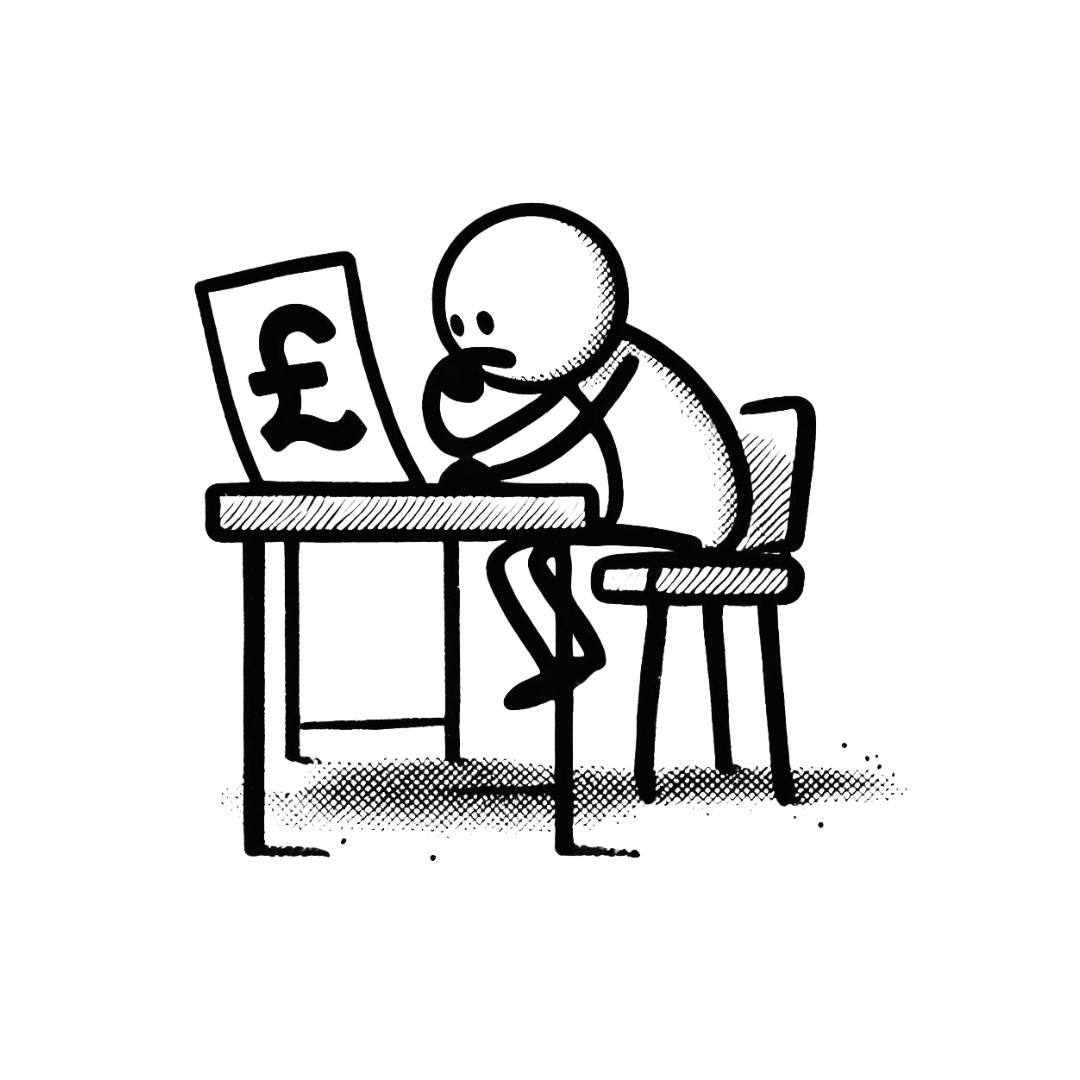Pricing is one of the trickiest parts of being creative. It’s not just about what it costs to make something but about finding the sweet spot that communicates value, while also keeping your business sustainable. Asking for money can feel uncomfortable, but knowing your worth—and being confident in it—is key to success.
3 Perspectives on Pricing Your Work:
- Price for Value, Not Just Cost:
The price you set for your work should reflect more than just the cost of materials. It should communicate the time, skill, and effort you put into creating it. As marketer Seth Godin says, “People do not buy goods and services. They buy relations, stories, and magic.” - Know Your Ideal Customer:
Price too low and you might devalue your work. Price too high and you could alienate potential customers. Understanding who your ideal customer is and what they value will guide you in setting the right price. - Confidence is Key:
Many creatives tend to underprice their work out of self-doubt. But if you don’t believe your work is worth the price, neither will your customers. Stand firm and price confidently—people will respect that.
2 Concepts to Think About:
- Value-Based Pricing:
Set prices based on the perceived value to the customer rather than just cost. Consider what makes your work unique, such as the story behind it, your skill level, and exclusivity. - Psychological Pricing:
Use pricing tactics like ending prices with “.99” to make them appear lower or offering bundles to encourage customers to spend more. These small adjustments can significantly impact buying behaviour.
1 Real-life Example:
- Apple:
Apple uses value-based pricing, setting prices based on perceived value rather than cost. It positions its products as premium, high-quality, and innovative, so Apple maintains high prices and a loyal customer base. This strategy has been key to Apple remaining profitable, allowing them to capture a premium market while also lowering prices on older models to reach a broader audience.
So much of pricing correctly is about confidence and understanding your market, not just calculating costs. The key is to trust your value and position your work for the right audience. Instead of underpricing out of fear, consider the value you're bringing—and charge accordingly.
Make sure you’re getting paid what you’re worth!


Member comments